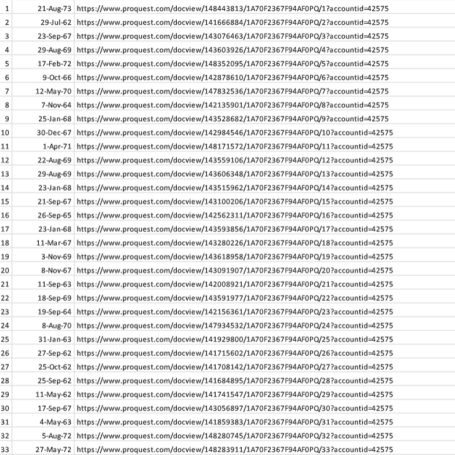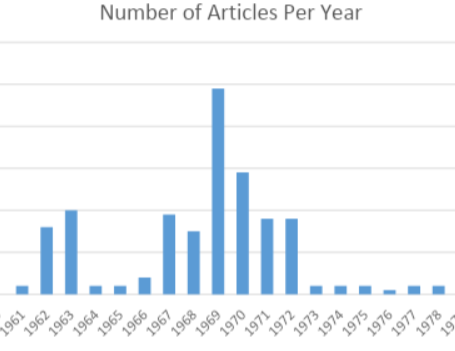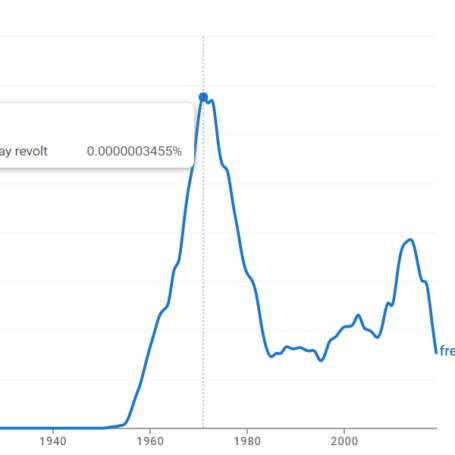Week One
March 10, 2023
What’s up, ladies, gentlemen, people, extraterrestrial aliens, and everything in between? Today, I will be writing about week one of my senior project.
This week, the topic was narrowed down to the Three Sisters Bridge in Washington, D.C. For those unaware, the Three Sisters Bridge was a proposed bridge in the 60s through 80s in D.C. that would supposedly help solve some of the city’s traffic issues. However, it was met with large amounts of criticism from locals due to destroying their homes and causing environmental pollution.
Apparently, President Nixon wanted the bridge to be passed in the beginning to serve as an example to the rest of the nation. However, he was forced to reconsider and eventually joined the protestor’s side as time continued. And I think that’s the really interesting part. While the freeway revolt happened at all levels across the nation, large and important cities like New York and D.C. were always viewed as examples for the rest of the nation. In another reading I read, it mentioned how freeway constructors in New Orleans were inspired by the methods of Robert Moses in New York and hoped to implement similar policies in New Orleans. However, those constructors were surprised by the amount of backlash they faced and underestimated the stronger cultural connections New Orleans had compared to New York.
Robert Moses, that’s probably a name you’ve read several times now if you’ve been reading my blogs. Moses was New York’s planning czar for much of the 50s and 60s. He was famous for his designs, most notably the Brooklyn–Battery Tunnel. On the flip-side, he was also known for his racist and discriminatory practices that left Brooklyn and the Bronx in crime that eventually led the New York Giants and Brooklyn Dodgers baseball teams to leave for California. Unfortunately, this post doesn’t have enough time to discuss him (will be covered in a future week).
For this week, I decided to go on the Washington Post historical database (thanks to Mary Riley Styles Public Library). I found 205 sources from 1960 to 1980 covering the Three Sisters Bridge. Obviously, this was too many. After talking to the professor, it was decided to archive all the 205 newspapers and sort them by year.

Sample of archive
The next thing to do was to make a graph of the available data and sort it by what years were the most important.

Because of the relevant years, it was decided to “pick five articles from 1969 and two from 1968 and from 1970.” Interestingly, the spike near the year 1969 and 1970 was similar to a Ngram done on freeway revolts. Google Ngrams cover all books scanned by Google Books.

Perhaps this graph reflects what happened in D.C. on a major issue like the Three Sisters Bridge would have effects on the nation.

After that, all that was left was to find the files. I originally chose them by random but soon found that many of them were just short one-page PDF files with almost no text. So instead, I began to sort them by file size and chose the largest files since they would have the most content.
And voila! We found all the sources we need.
Thank you for reading this week. Next week will be focused less on statistics and more on reading the articles and what these articles reflect about people’s opinions on the Three Sisters Bridge.
